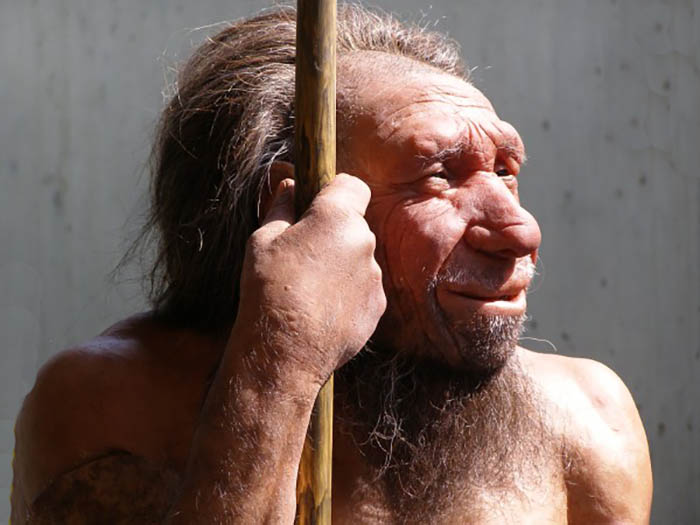"That guy really is a Neanderthal!" This phrase, relatively common, is intended to characterize the addressee as a primary, brute and limited being. Neanderthals therefore have a bad reputation, fueled by ancient concepts repeated in popular culture and in some series and movies.
But were Neanderthals really that undeveloped? The last decades of research allow us to better understand this species. It was in 1856 that the first skeleton was found in the quarry in the Neander Valley, Germany. That's why geologist William King coined the name homo neanderthalensis.
Prejudice was installed in the XNUMXth century with the popularized notion that Neanderthals were clumsy and far from the supposed “perfection” that would be the white European man. It is true that Neanderthal traits are distinct from ours. They were, for example, more robust, shorter and with longer and flatter skulls.
There are, of course, some anatomical similarities. This is because modern humans and Neanderthals are estimated to have diverged from a possible common ancestor around 370 years ago.
But the heyday of Neanderthals was 100 years ago. At that time, they expanded across the Middle East and perhaps even the Pacific.
We know that they made tools and had community strategies to hunt large animals. Recent studies have proven that, after all, they were omnivores. They ate, in addition to meat, vegetables that they cooked because they dominated the fire.
Perhaps due to phenomena of cultural exchange with Homo sapiens they began to treat the dead in a more complex way, perhaps with funerals or other ceremonies. Archaeologists also discovered the presence of necklaces that could only be adornments, but could refer to some symbolic thought.
There are, therefore, still mysteries to be clarified. One is about how and why they disappeared. The last Neanderthals lived in the south of the Iberian Peninsula until 33 years ago, and then their extinction took place.
Some argue that this was due to competition with modern humans. Others state that new pathogens were the cause. Perhaps there were many factors. What we do know is that it's worth knowing more about Neanderthals.
For the more curious reader, I suggest the book “The Neanderthal Man” by Svante Pääbo and the third issue of National Geographic's History magazine.
And, you know, the next time you hear something like, “That one looks like a Neanderthal,” think hard about who is actually being insulted.
Author Luís Monteiro is a doctor specializing in General and Family Medicine, researcher at the Health for All group of CINTESIS, coordinator of the Esgueira+ Family Health Unit (Aveiro) and training advisor for MGF intern doctors





















Comments